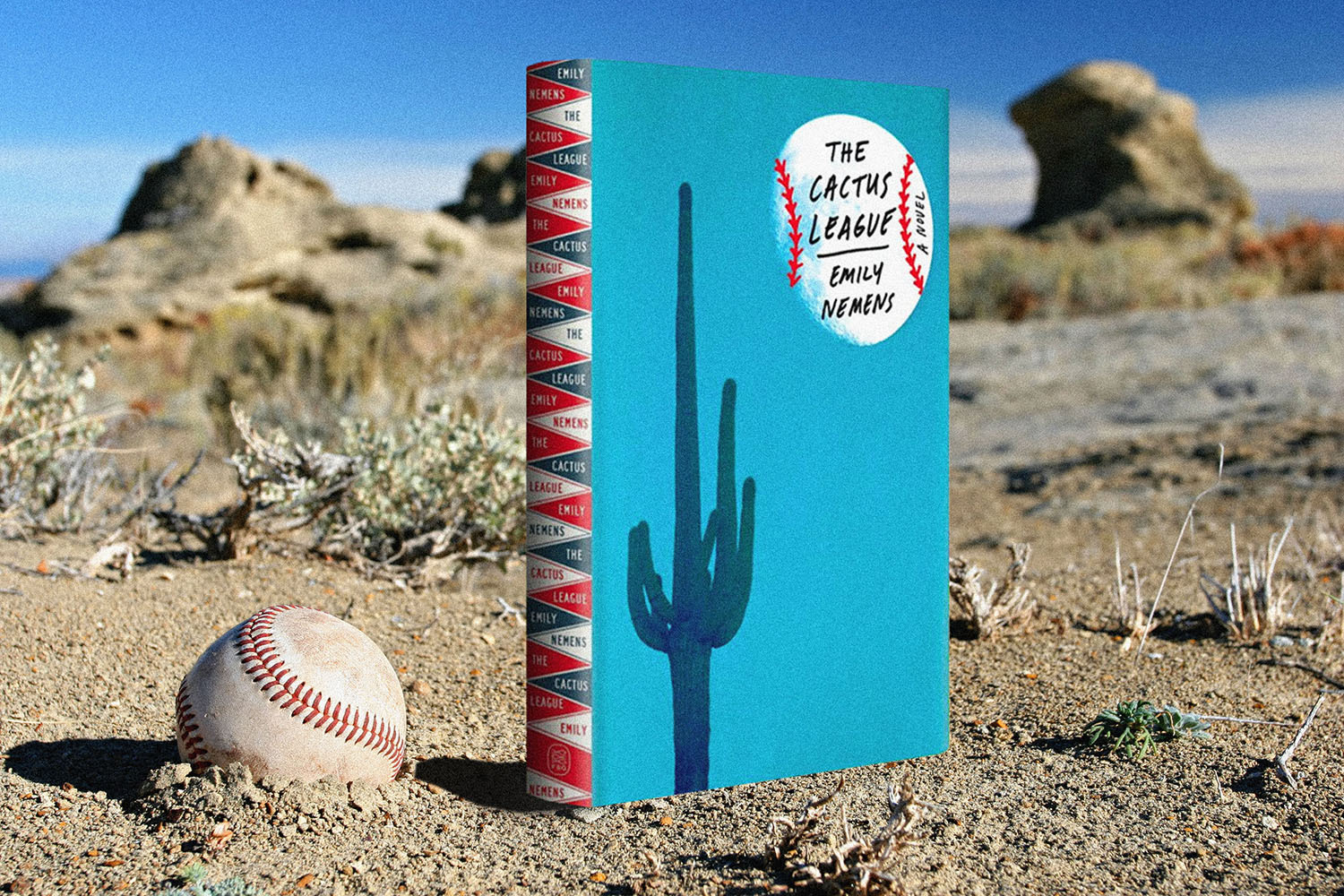Saguaro cacti have become emblematic of the region; they’re a useful (and ubiquitous) visual shorthand for a book or movie set in the desert. The Saguaro cactus also has a significant and sacred role in the Tohono O’odham culture. You might think that a species of cactus that lives in one of the warmest parts of the country under desert conditions would be able to withstand nearly anything the environment throws at it. For centuries, that’s been the case. Now, however, the Saguaro is under siege.
The culprit, as with nearly every instance of an endangered plant or animal these days, is climate change. At The Washington Post, Karen Peterson explored why these cacti are suddenly threatened — and whether there’s any way to address the problem.
While climate change has made the region warmer, heat alone isn’t enough to adversely affect Saguaro cacti. Heat and a lack of rainfall do raise the chances of a wildfire, though — and that’s even more heightened by the presence of buffelgrass in the region.
Buffelgrass is an invasive species, first brought to the region in the 20th century to address soil erosion. Unfortunately, it also has a tendency to crowd out native species, and the presence of buffelgrass can make fires in the desert far more severe. If lighting strikes buffelgrass, for instance, it could spark a fire that leads to the loss of numerous cacti.
Thankfully, the Post‘s article describes community efforts underway regularly to remove buffelgrass from near the cacti and keep the Saguaro around for generations to come.
Thanks for reading InsideHook. Sign up for our daily newsletter and be in the know.

















